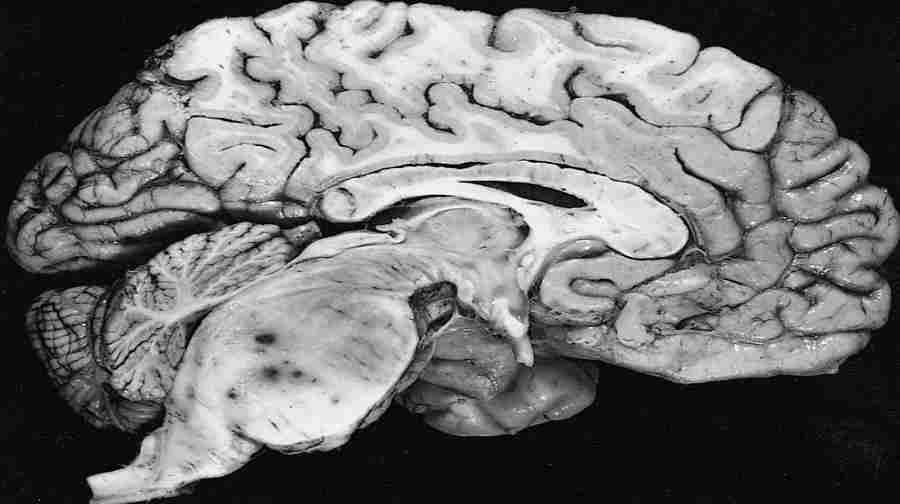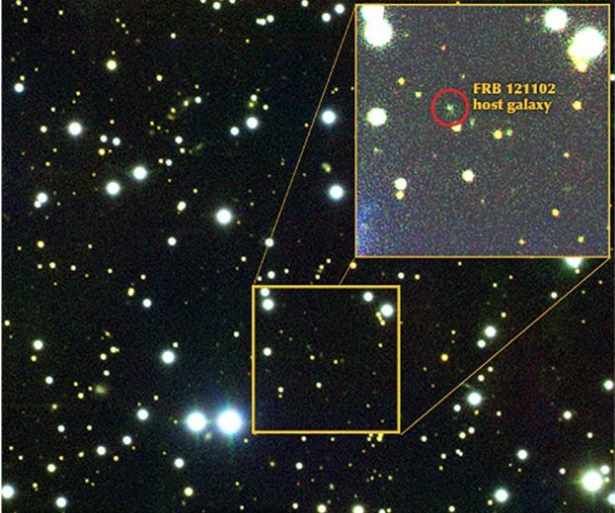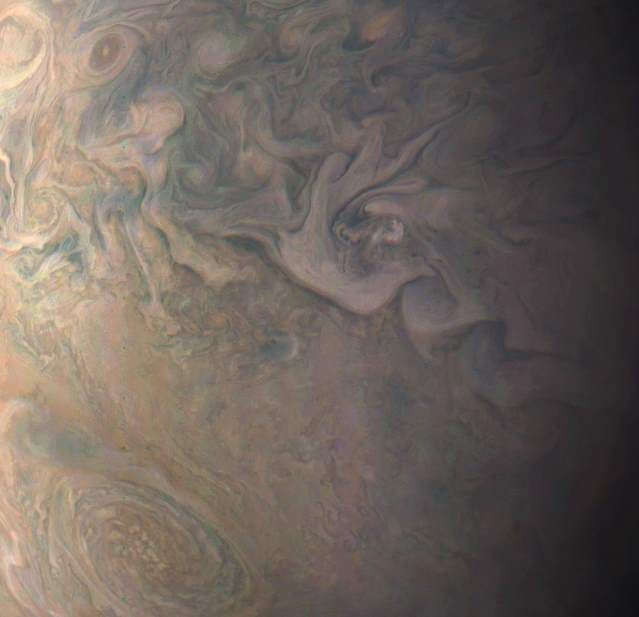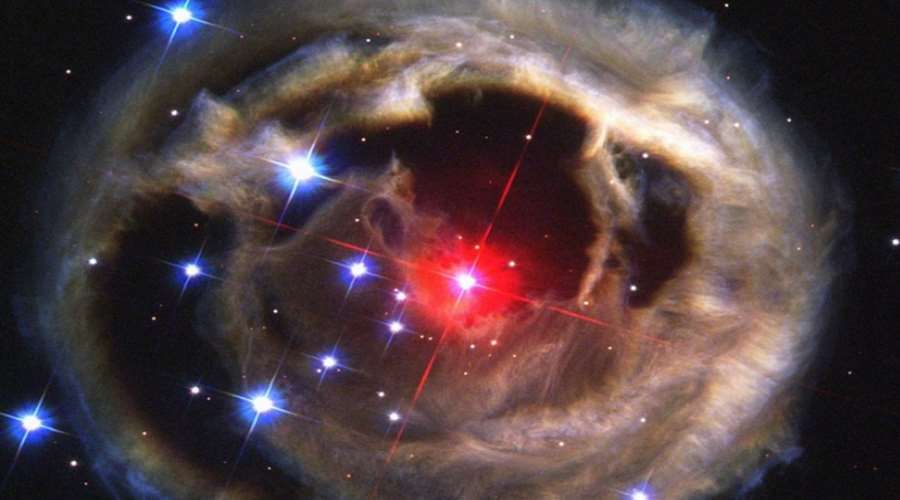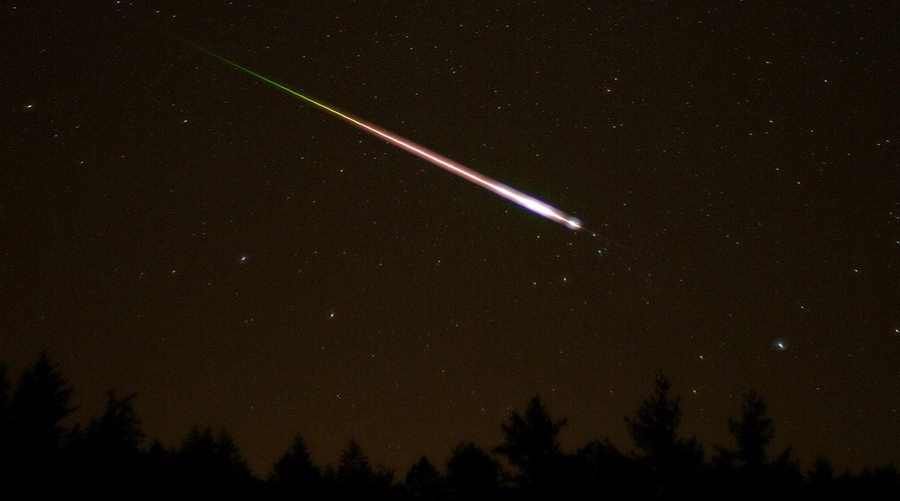Metallic hydrogen has been created? Some scientists have doubts
Researchers at Harvard University have reported that they have succeeded in creating hydrogen in a solid metallic state. Its existence was predicted some 80 years ago, but it is only now that such material has been obtained.
Metallic wodór was created using very low temperatures and gigantic pressure. Eugene Wigner and Hillard Bell Huntington in 1935 wrote that hydrogenór subjected to a pressure of 26 gigapascals, should transition to a metallic state. However, the estimates of pre-war scientists were wrong. Much higher pressure is needed to obtain metallic hydrogen.
Waterór is one of the simpler elementsóin the Universe. And it is everywhere. On Earth, it exists primarily in gaseous form, but enters the composition of countless compoundsóin the chemical, e.g. water.
Professor Isaac F. Silvera and Dr. Ranga Dias, working at Harvard University, have subjected próbce of hydrogen pressure as high as 495 GPa. This is about 20 times more than predicted by researchers of the last century. Scientists believe it is more pressure than prevails inside the Earth. The enormous pressure was accompanied by a very low temperature. In this wayób obtained metallic hydór.
The researchers looked closely at the próbce of hydrogen, whichóry squeezed using synthetic diamondsóIn alumina-coated. At the beginning of próbka was transparent, becoming black as the pressure increased, until the wodór became metallic shiny – Which suggested to the researchers that próbka became a metal.
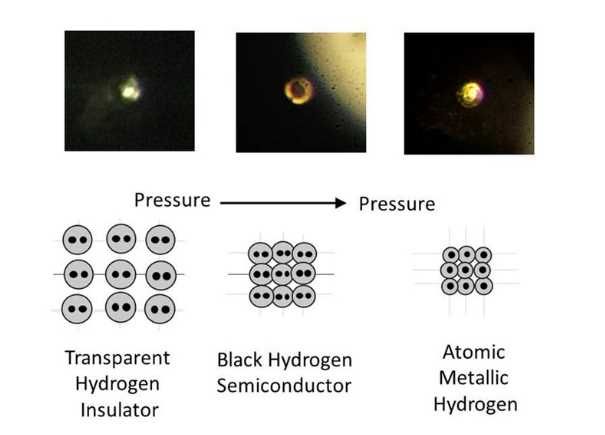
Stages in the transition of hydrogen to the metallic state. Photo. R. Dias and I.F. Silvera
– This is the Holy Grail of high-pressure physics. This is the first time in the history of próbka of metallic hydrogen on Earth and if you look at it, you see something that never existed before – said Professor Silver, who headed the study.
Metallic waterór is the material of the future. At room temperature it should behave like a superconductor – i.e. conduct electricity without resistance. This is a revolution in the power industry, where current power transmission losses are as high as 15 percent.
With this material, more efficient electrical devices can also be constructed. Mówould also find application in the production of magnetic railroads. The metallic wodór, according to the authoróIn research, it would be an extremely efficient space fuel. Thanks to him podbój space would be more realistic.
Problems with interpreting the resultów
The Harvard University researchers’ discovery is significant, but not all researchers are convinced by the results presented by Professor Silver. Headówny charge is not enough evidenceów. The study’s authors say they were so excited that they had to share the discovery immediately, before conducting further research.
Researchers at the Institute of Chemistry im. The Max Planck Institute in Mainz say the published evidence is not sufficient. – From our point of view, the results are not convincing – said Mikhail Eremets of the aforementioned institute in Germany. – We have only seen the results from one experiment, it needs to be repeatedórip – added. Physicist Paul Loubeyre of the French Atomic Energy Commission is of a similar opinion. – I don’t see anything in this work that I find convincing – assessed.
Problems with interpreting the resultów appeared almost immediately. That’s why, because it’s extremely difficult to experiment with hydrogen under high pressure. Waterór to be in the right place was placed in a metal pad, which could have falsified the results. For this used aluminum oxide, whichórym researchers coated diamonds to wodór did not get to them, also makes interpretation difficult. Skeptical scientists also pointed out a number of other problemsów related to calculating pressure or próbking hydrogen with a laser.
The information provided by the scientistóThe results from Harvard University are certainly electrifying, but we need to wait for more experiments.



